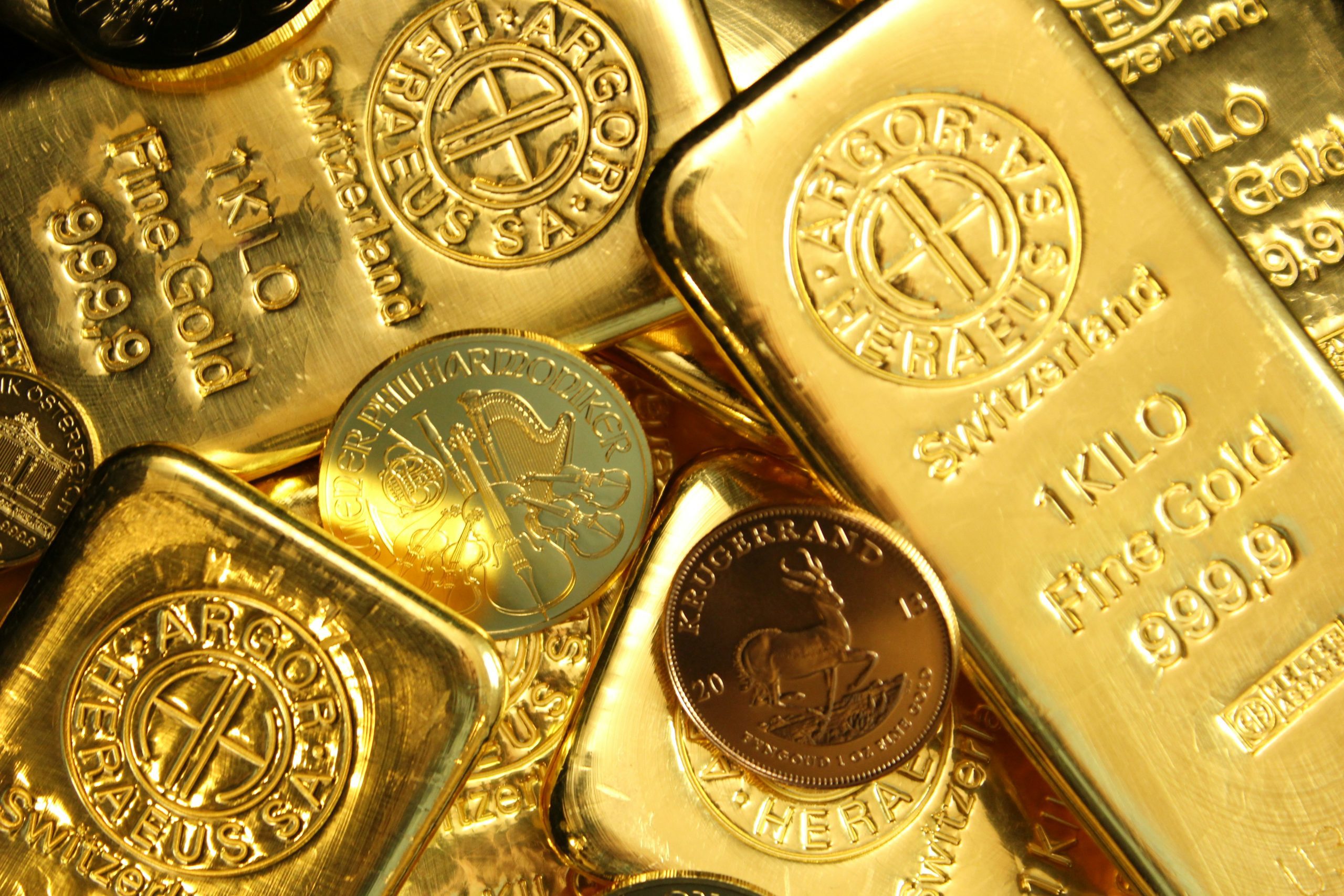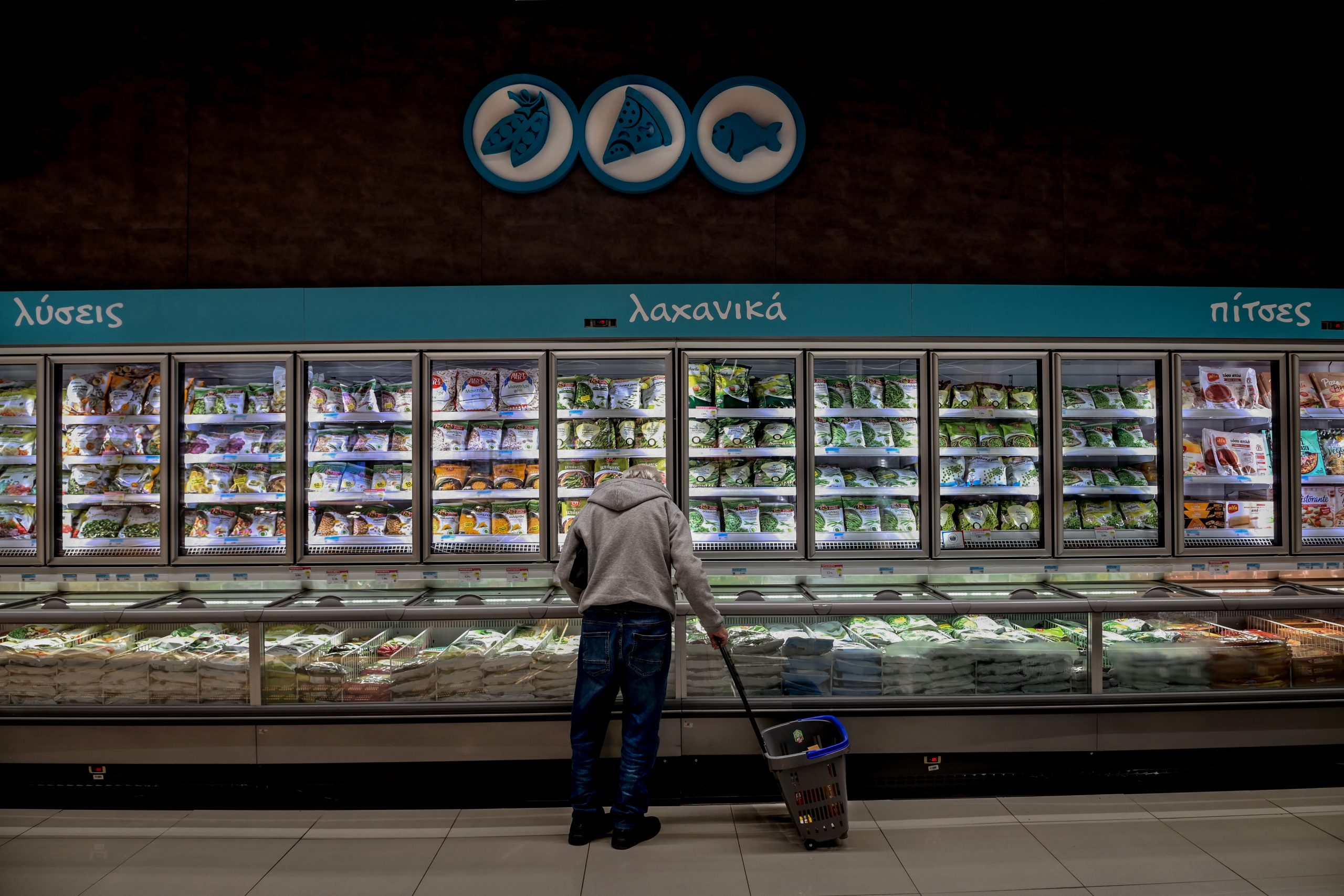Gold broke the $4,000-per-ounce threshold for the first time, extending its rally as investors continue to flock to the precious metal as a traditional safe haven during global uncertainty. Its price has surged more than 50% this year alone, smashing a series of records and marking its strongest annual performance since 1979, when it last peaked at $3,643 per ounce. [1], [2]
The metal’s rally is fueled by multiple factors — continued political paralysis in Washington, protectionist tariffs announced by Donald Trump, the weakening of the U.S. dollar, and France’s deepening political crisis. Analysts say gold’s rise reflects a growing undercurrent of anxiety among investors, even as equity markets repeatedly hit new highs and Wall Street maintains an optimistic tone.
China has increased its gold reserves sixfold since 2000 (now ranking 7th globally), while the U.S., Germany, and Italy hold the top three positions.
Since 2000, gold’s value has increased fourteenfold: an initial $10,000 investment then would now be worth around $140,000. The U.S. Federal Reserve is expected to continue cutting interest rates — a move that could further weaken the dollar, which has already fallen by roughly 10% this year.
According to Goldman Sachs, exchange-traded funds that buy gold purchased over 100 metric tons of the metal in September alone. The bank’s analysts raised their forecasts on Monday, predicting that gold could reach $4,900 per ounce by the end of next year.
 What is fyi.news?
What is fyi.news?







